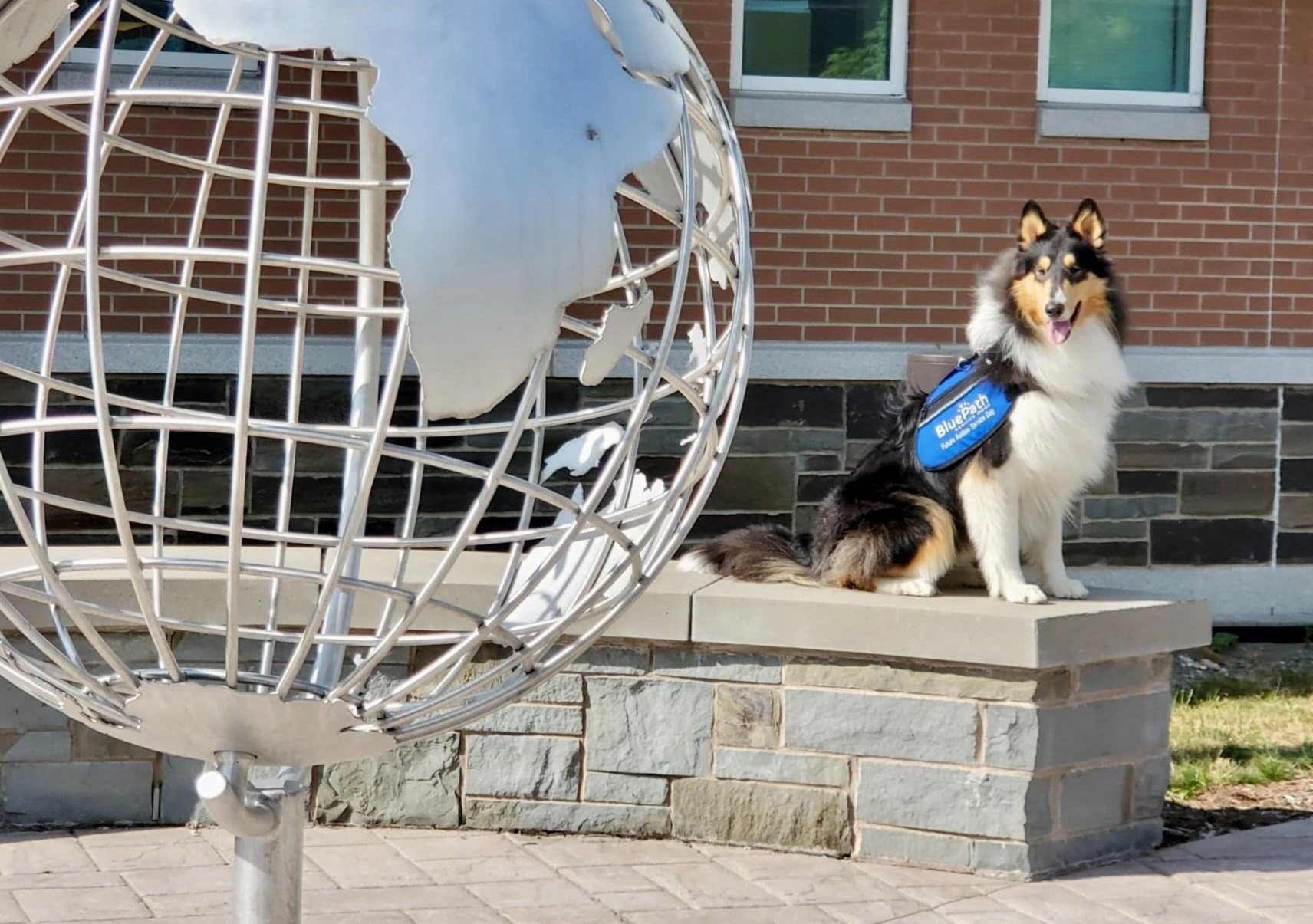
WHAT YOU WILL NEED
CLICKER
Do you need it? No, but it can speed up learning if used correctly. If you want to geek out on training, this is for you. If not, skip it.
TREAT POUCH
A treat pouch is a great way to make sure you have treats when you need them. Leave it next to your leash and you will be set!
LEASH
A good 4-6ft leash is a staple in dog training. Leather leashes are much gentler on the hands than most other materials.
LITTLE-JACS
These Little-Jacs are semi-moist liver treats that are easy to break. They are a reliable favorite amongst dogs I have worked with.
NOTE: All products have affiliate links, which means I earn a small commission on each item purchased from the links. I appreciate your support and wish you happy training!
OVERVIEW
“Hup” is a sister command to “load up” that tells your puppy to get onto a raised object. The object could be, for example, an exam table in your vet’s office.
Phase 1: Teach the behavior
Start by getting your dog comfortable moving on and off the object. This may require you to put several treats at once on the object to make it very enticing and let your puppy figure out how to use their body to get on the object. Once they are comfortable getting on and off, move to phase 2.
Phase 2: Fade the lure and solidify a hand cue
Start the session by motioning onto the object and then putting a treat on it. Practice this 5 times. Then motion onto the object, but don’t put a treat on it. Wait for your dog to get on without seeing the treat. While I usually suggest not talking too much during the teaching phase, you can be very encouraging during this process. Once your puppy gets on the object, click and treat. Repeat several times. You may need to solidify this behavior over several sessions. Once your puppy consistently gets on the object with just the hand cue, move to phase 3.
Phase 3: Teach the verbal cue
Start saying “hup” before your hand cue. When they complete the behavior, click and treat. Eventually they will anticipate what “hup” means and they will not wait to see the hand cue.
Phase 4: Selective reinforcement
Normally I use selective reinforcement to weed out subpar responses. Be careful with teaching this behavior, thought, because depending on what the object is and how high it is off the ground, your puppy may feel a certain amount of fear and anxiety about getting onto a particular object. Anytime fear or anxiety is involved, treat the behavior 100% of the time. Once they are comfortable, then you can start to back off of treating every response they give.




